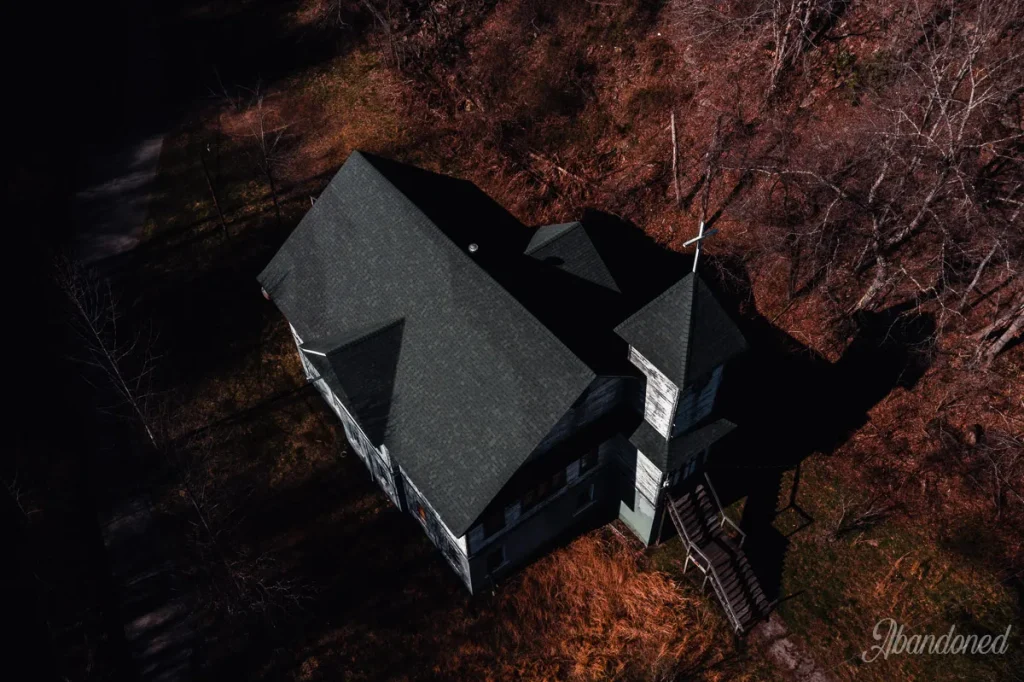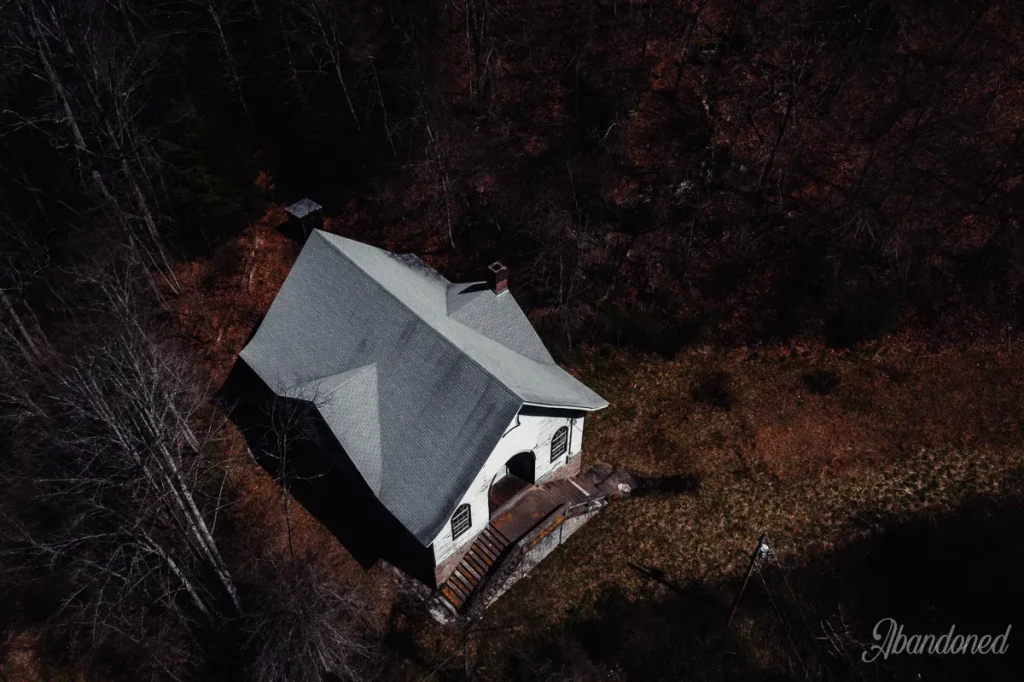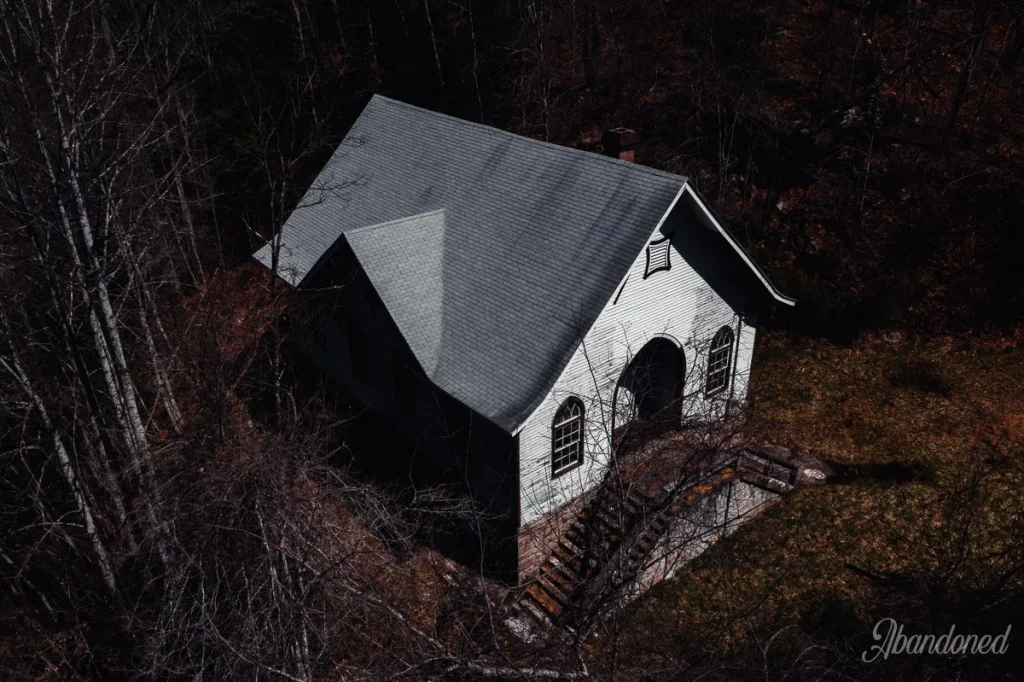The Winding Gulf Churches
More Info abandonedonline.net
The Winding Gulf coalfield in West Virginia has a long history of mining, starting in
the early 1900s. This area is known for producing low-volatile smokeless coal,
including metallurgical coal ,which is suitable for steel production. The primary
focus of mining in this region was the Beckley seam until it was no longer
economically viable in the 1950s, and then shifted to the Pocahontas seam until
the late 1980s.
Coal camps were developed by the mine operators to support their operations
and included the basics: company-owned houses, stores, amusement halls,
schools, and churches. After the coal seams were exhausted, these coal camps
were all but abandoned and today, only a few reminders of this booming era
remain.
I was excited to find that there are still two notable churches in the Winding Gulf
that are still standing: the New Salem Baptist Church and the Wyco Church.
The New Salem Baptist Church was built in 1921 in the Gothic Revival style for the
African-American community in Tams, a coal camp that was divided into separate
areas for Americans, immigrants, and people of color. The board of trustees for
the church approached W.P. Tams, Jr., the owner of the town, and requested that
a church be constructed for their community.
At its height, the New Salem Baptist Church had 350 members in the 1930s.
However, as the local mines closed, the community began to decline. In the 1960s
and 1970s, the Slab Fork Coal Company removed the residences in the Black Town
of Tams to make way for the expansion of a preparation plant and complex for its
No. 10 mine. By the mid-1980s, the last resident had left, and all of the buildings
in the community, with the exception of the church, had been removed.
As of 2016, the New Salem Baptist Church was still operational, however, there
were only a small number of worshippers attending services.

The town of Wyco was established by John Wilson for the Wyoming Coal
Company. It is located near the Tams coal camp, which was founded by Wilson’s
partner, Major W.T. Tams, before the First World War. In 1917, a church in the
Gothic Revival style was built near the superintendent’s residence in Wyco.
In the late 1950s, the church’s attendance started to decrease due to the closure
of nearby coal mines and the increasing use of machinery, which led to the overall
decline of the Wyco community. As a result, the church stopped holding services
until it was reopened in 1964 as the Wyco Independent Church, a non-
denominational facility. In 1972, it became the Wyco Freewill Baptist Church and
then, in February 1977, it was renamed the Wyco Independent Baptist Church.
In 1990, the Wyco Church was abandoned when the Pittston Coal Company, the
last operator of the mines at Wyco, closed the mines permanently. However, on
May 13, 2003, the Rural Appalachian Improvement League (RAIL) acquired the
Wyco Church and partially restored it.










